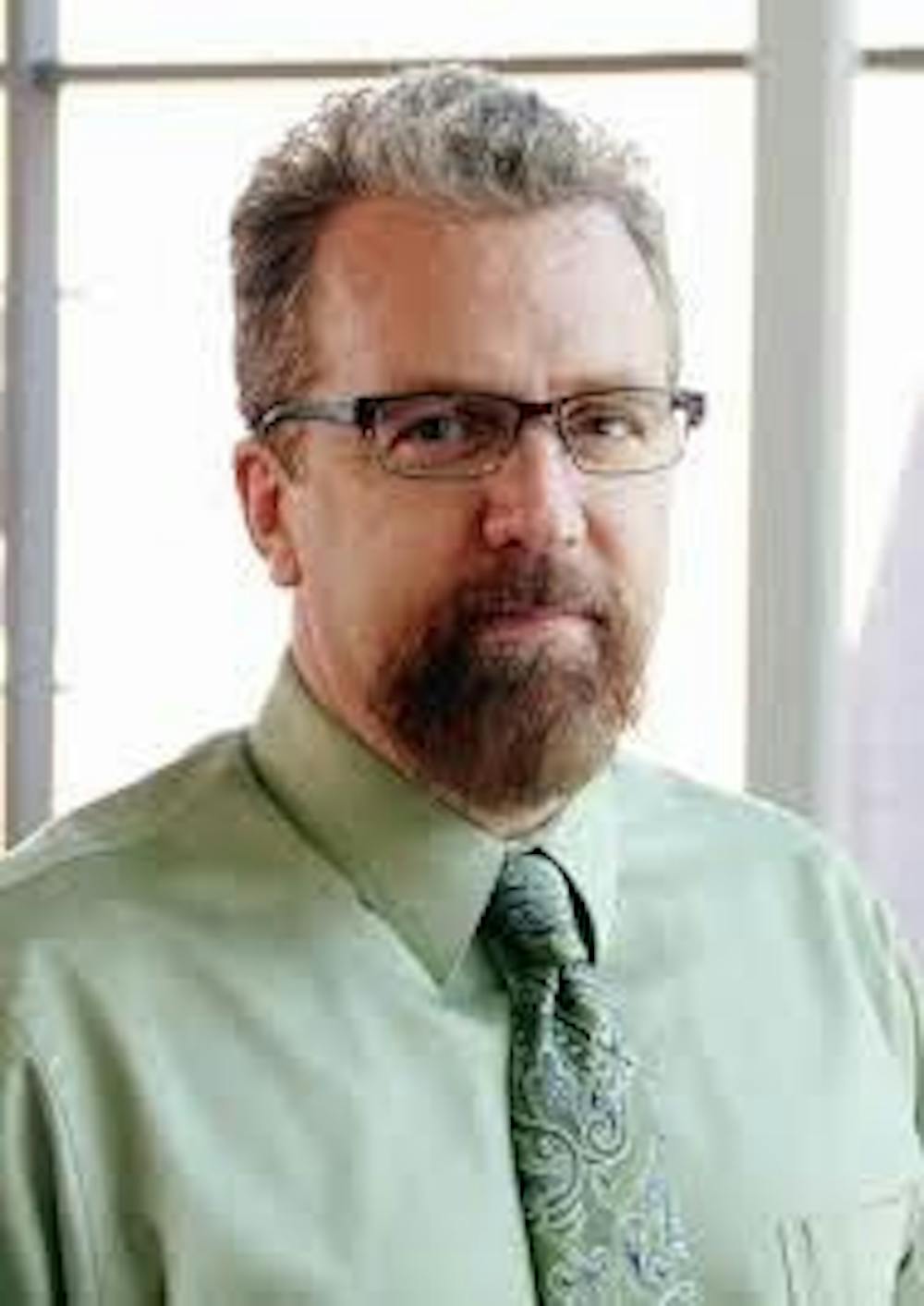Understanding the structure and design of proteins
When a hurricane swept through Texas in 2008, biologist Vincent Hilser lost much of his lab and his research. But, in the years since, he has found his place at Hopkins and continues to do the work he enjoys while teaching hundreds of students along the way.
As Chair of the Biology Department, Hilser researches the structural fluctuations of proteins and teaches the undergraduate course Biochemistry. Hilser’s interest in this field began back when he himself was first learning about biochemistry.
“I remember looking at the genetic code on the front cover of the textbook and thinking ‘how did that happen?’ It was just so fascinating,” Hilser said in an interview with The News-Letter.
Hilser completed his graduate schooling and obtained his PhD at Hopkins, then went on to become the director of the Sealy Center for Structural Biology and Molecular Biophysics at the University of Texas Medical Branch.
However, a hurricane in 2008 decimated the town, flooding Hilser’s lab and ruining expensive instrumentation while the town struggled to rebuild its infrastructure. In 2010, Hilser decided it was time to start somewhere new and came back to Hopkins.
He now works on understanding the structure and reactivity of proteins. Proteins exist in microstates, where their structure is constantly shifting through conformational fluctuations.
Understanding these fluctuations and how they affect a protein’s reactivity is crucial to medicine, since all disease is caused by proteins — either they are broken in some way or are made in the wrong amounts. If scientists can understand how the proteins work, they can learn how to fix them.
In June 2018, Hilser’s lab published a paper in the publication Nature about how enzymes, a type of protein, can adapt to different temperatures. A previous study had shown that, in two different barracuda populations that lived at different temperatures, there was an enzyme that worked exactly the same in both species. Yet, this shouldn’t happen; at lower temperatures, enzymes are supposed to work slower. Hilser wanted to figure out how this could be.
“These fish evolved so that their enzymes did exactly the same work but at the temperature that they live in. So the question is, how did that happen?” he said.
The cold environment enzyme had more glycines, a type of amino acid that makes up a protein, than the warm environment enzyme.
Hilser hypothesized that glycines, which allow for more structure fluctuations, could be responsible for the cold enzyme working at the same rate as the warm enzyme.
“We thought that if we put these glycines in particular parts of the molecule... we could increase the amount of time the enzyme opens up and wiggles in these particular regions, and if we did that then we thought that it would be possible then to mimic the actual cold adaptations,” Hilser said in a podcast with Nature.
They turned out to be correct — by engineering the warm enzyme to have more glycines, it was able to work just as well in the cold environment.
Hilser believes that being able to create a product is important to proving a concept to be true, such as showing that the glycine was partially responsible for the enzyme working in the cold.
“Design is a real unbiased, unambiguous way of demonstrating understanding,” Hilser said.
As a result, Hilser aims to incorporate design into all aspects of his research.Hilser also uses his research to help in his teachings.
He referred to it as “research inspired teaching”: By working so closely with the field, he is able to teach his students what they should actually know and to connect all the facts they memorize into an overarching theme.
He can also guide them in learning how to think about biochemistry, as opposed to just absorbing the information.
Teaching also allows Hilser to guide students into their future careers. Remembering all the teachers that have inspired him along the way, Hilser is more than happy to be that inspiration to others.
“That’s what I think my job is now, to help enable the next generation of confident and competent scientists,“ Hilser said. “I couldn’t think of anything that would make me feel better. In the waning days of your life, when you’re sitting in a rocking chair somewhere, and you say, ‘what did you do?,’ you can say ‘I taught people.’”
Although he didn’t first become a professor so he could teach, it is now a big reason why Hilser appreciates his job.
“For me, is there a more noble profession?” he said.





